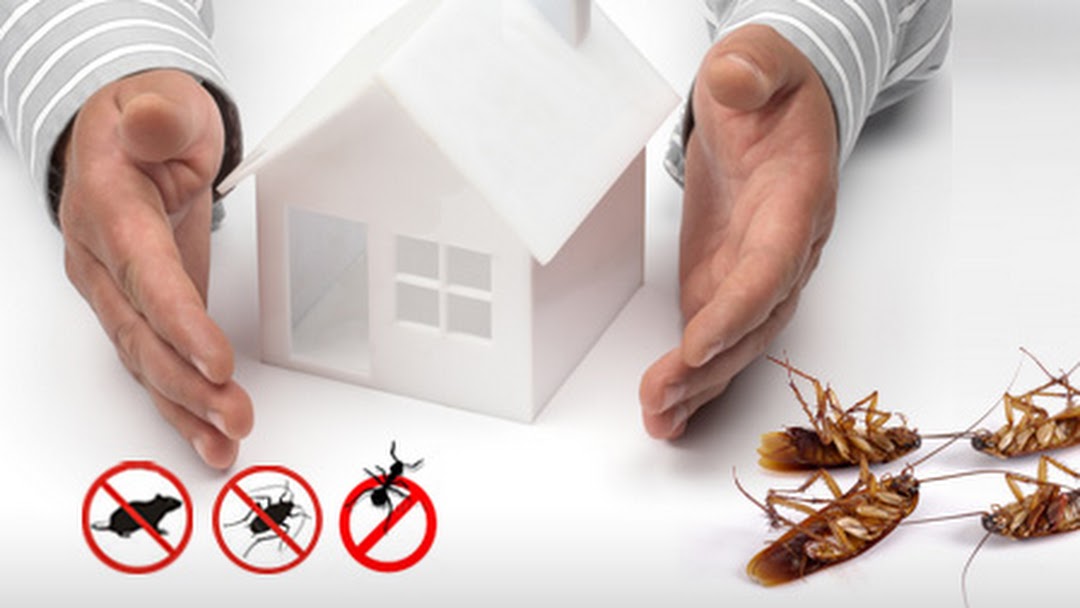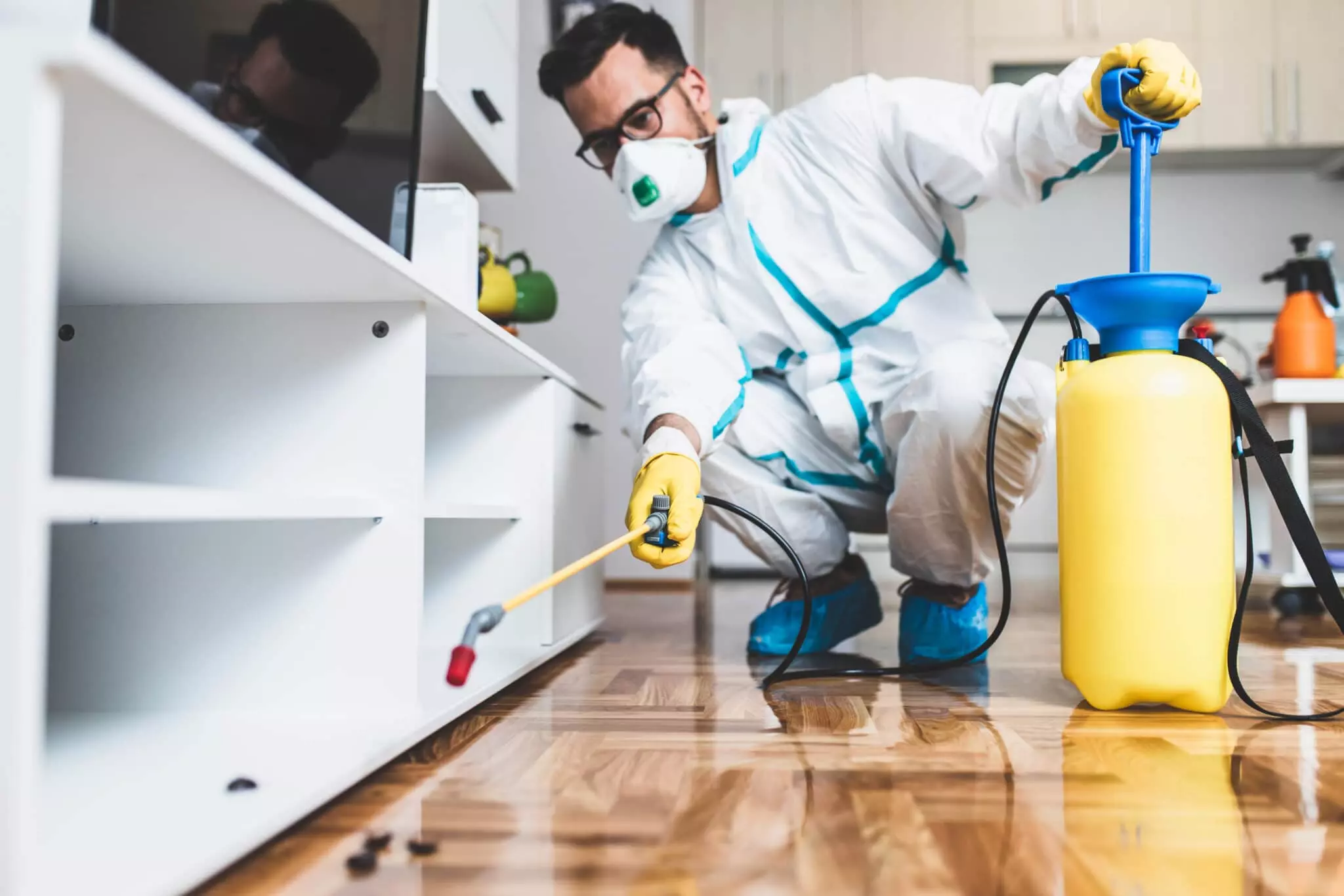Safe and Trustworthy Pest Control for Lasting Protection
Reliable insect management needs a complex strategy that stabilizes ecological honesty with the demand for reliable bug reductions. The subtleties of these approaches may not be promptly clear, triggering a closer evaluation of the methods that can lead to lasting bug control end results.
Recognizing Insect Control Approaches
Insect control incorporates a range of methods targeted at managing and getting rid of unwanted bugs and rodents that can threaten both health and building. Recognizing these techniques is critical for efficient bug monitoring.
The primary classifications of parasite control approaches include mechanical, biological, and chemical methods. Mechanical techniques entail physical barriers and traps to avoid parasite access and capture undesirable varieties. Using displays on home windows or employing sticky traps can considerably minimize pest populations without presenting dangerous substances - exterminator coquitlam.

Chemical pest control is usually the most recognized approach, utilizing chemicals to get rid of pests. These chemicals can be effective however should be used with care to avoid negative impacts on non-target varieties and the setting.
Benefits of Eco-Friendly Solutions
How can environment-friendly remedies transform insect control practices? The fostering of green bug control approaches supplies numerous benefits, considerably boosting the performance and safety and security of insect management (exterminator coquitlam). These solutions utilize natural ingredients, minimizing the dependence on hazardous chemicals that can position risks to human health and wellness and the environment. This change not just shields families and pet dogs however additionally reduces the capacity for soil and water contamination.

An additional benefit is the favorable influence on neighborhood biodiversity. Environment-friendly options are created to target specific insects while preserving useful pests and wild animals, advertising a well balanced environment. This method straightens with the growing customer need for sustainable techniques, enhancing the reputation of parasite control service providers.
Integrated Insect Monitoring Approaches
The execution of green solutions normally results in the fostering of Integrated Bug Management (IPM) approaches, which further enhance insect control efficiency. IPM is an alternative approach that integrates numerous methods to take care of parasite populaces while reducing environmental effect. This technique emphasizes using biological, social, mechanical, and chemical controls, making sure a lasting and balanced technique of parasite administration.
One fundamental facet of IPM is the complete assessment of pest task and ecological conditions. By monitoring pest populations and determining their life process, specialists can carry out targeted treatments that interfere with the pest's environment or lifecycle, decreasing dependence on chemical pesticides. In addition, social methods such as crop rotation and environment control can considerably decrease pest establishment and reproduction.
An additional critical part is using biological control representatives, such as beneficial bugs or bacteria, which can naturally reduce pest populations. When chemical applications are necessary, IPM prioritizes the use of low-risk chemicals and applies them uniquely, decreasing exposure to non-target organisms and humans.
Including IPM approaches not only enhances insect control efficiency yet also promotes a much safer environment, aligning with the expanding demand for sustainable practices in insect management.
Safe Practices for Homeowners
Understanding the importance of risk-free techniques in bug control can equip home owners to properly take care of bug problems while securing their health and the atmosphere. Executing preventative steps and safe techniques is essential in decreasing exposure to damaging chemicals.
Property owners should initially evaluate their atmosphere for conditions that draw in bugs, such as standing mess, food, and water waste. Routinely cleaning and securing entrance factors can discourage bugs from attacking the home. Making use of all-natural deterrents, such as vital oils or diatomaceous planet, can provide reliable options to chemical pesticides.
When chemical therapies are necessary, home owners ought to go with items that are particularly identified as secure for household usage. It is necessary to adhere to application standards thoroughly to prevent overexposure. Furthermore, using targeted treatments in locations where parasites are identified, as opposed to covering spraying, can considerably reduce chemical usage.
Finally, maintaining open communication with bug control specialists is vital. House owners need to make inquiries concerning the safety of products used and demand eco-friendly choices whenever feasible. By adopting these secure methods, property owners can produce a healthier living setting while efficiently taking care of insect problems.

Tips for Long-Term Defense
Developing a bug monitoring method that stresses lasting security can substantially boost the effectiveness of the safe techniques formerly gone over. To achieve this, house owners should execute regular examinations of their residential or commercial property, concentrating on hidden locations such as attic rooms, cellars, and crawl areas. Early discovery of insect activity is crucial in protecting against invasions from taking hold.
These techniques reduce attractants that draw insects right into the home. Securing entrance factors, such as splits around home windows and doors, can properly obstruct potential pest accessibility.
Landscape design ought to also be taken into consideration; maintaining plants trimmed and keeping a range in between greenery and the home This Site reduces hiding areas for bugs. Utilizing natural deterrents, such as vital oils or diatomaceous planet, can better prevent infestations without turning to rough chemicals.
Last but not least, working together with a specialist parasite control service for routine examinations can give an added layer of protection. These professionals can supply customized suggestions and progressed therapies, ensuring that your home continues to be shielded against bugs in the lengthy term.
Conclusion
To conclude, safe and trusted parasite control needs a diverse approach that stresses eco-friendly techniques and integrated insect management. By implementing all-natural deterrents, performing routine evaluations, and preserving proper hygiene, residential or commercial property owners can dramatically minimize insect populations while shielding helpful pests and the setting. Partnership with professional parasite control services boosts the efficiency of these techniques, ensuring customized solutions that offer lasting security and comfort versus future infestations.
Reliable insect monitoring needs a multifaceted method that balances ecological stability with the need for efficient pest suppression. The fostering of environmentally friendly parasite control techniques uses numerous advantages, dramatically improving the performance and safety of bug management.The application of green solutions naturally leads to the adoption of Integrated Parasite Management (IPM) techniques, which better enhance insect control efficiency. exterminator coquitlam. By keeping track of bug populations and identifying their life cycles, professionals can apply targeted interventions that disrupt the bug's environment or lifecycle, lowering reliance on chemical pesticides.In conclusion, trusted and secure pest control requires a diverse technique that stresses green approaches and incorporated pest monitoring